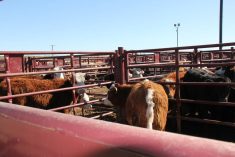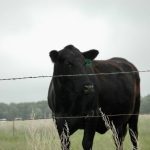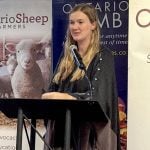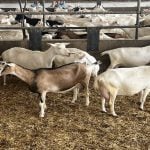A herd health protocol is a document that outlines a producer’s plan for annual vaccinations and procedures, as well as treatments for common on-farm diseases. Created with a veterinarian, this plan includes timing of procedures, necessary supplies and identification of the cattle involved.
While it is always a producer’s goal to avoid needing to treat cattle, creating a plan to address common diseases before they strike can shorten response time and improve treatment success. Both producer and vet can anticipate needs for veterinary prescriptions or extra-label drug use. Although the document itself cannot replace veterinary prescriptions, it makes treatment or routine protocols more efficient. As well, certain procedures are carried out yearly. Laying out a plan for these practices can help organize the purchase of necessary supplies and scheduling. Perhaps most importantly though, a herd health protocol is a key element of a vet-client-patient relationship (VCPR).
Read Also
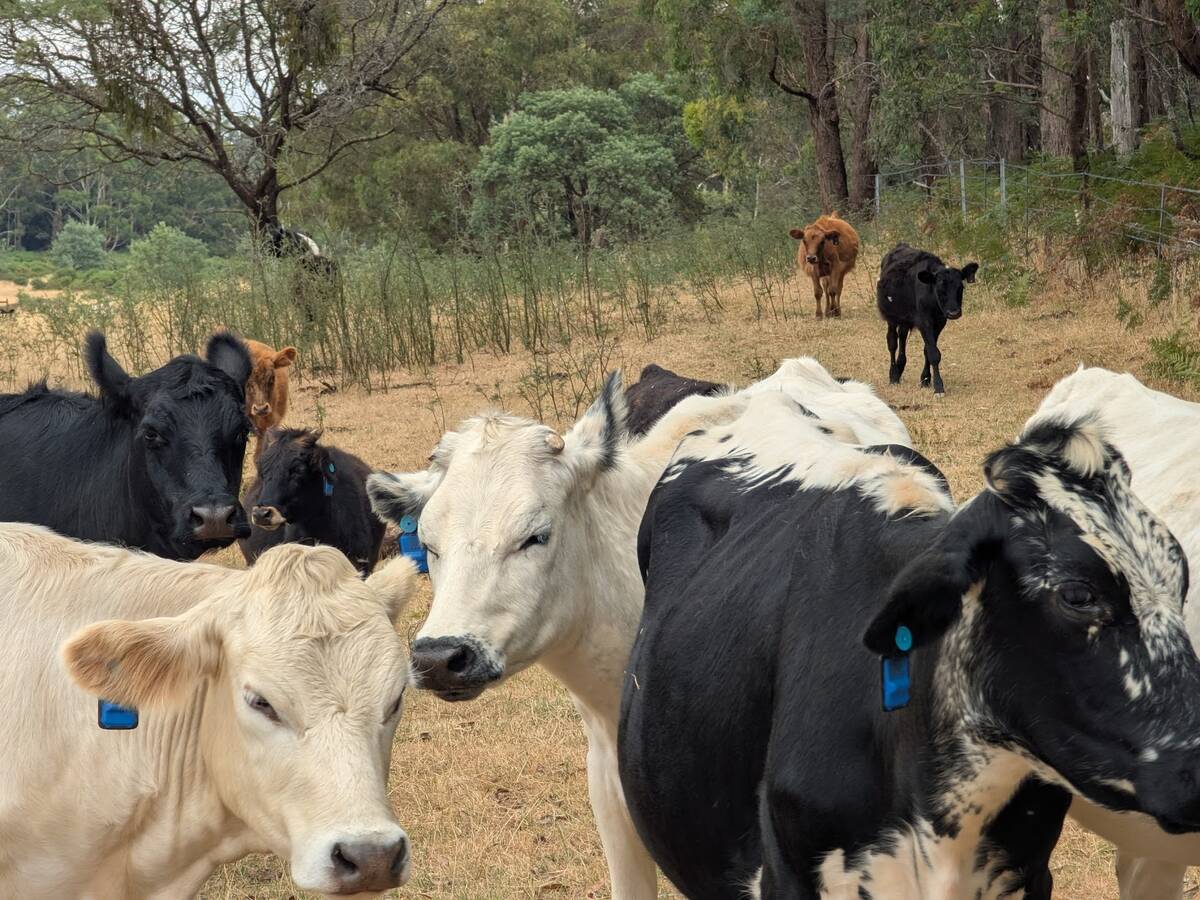
Australian company brings ear-tag tech to Canadian pastures
With Smart Paddock, beef farmers and ranchers can track their cattle through GPS technology
The Annual Vaccination Protocol section outlines the vaccinations that a producer normally gives every year. While these may seem routine, as products are updated and things get busy, updating vaccination protocols can be quickly forgotten. This section is an opportunity for producers to discuss how effective their vaccination protocol was over the past year and make any necessary changes well in advance.
Identifying the Class of Cattle and the Anticipated Time Frame for the vaccination in question helps the producer plan to pick up vaccines and other supplies, co-ordinate additional labour if needed and move cattle to handling systems. As well, this information helps the veterinarian choose the right product in conjunction with the reason for vaccination (Vaccination For). Listing product names will simplify the process of purchasing and picking up vaccines when the time comes. While this sample document has been compressed to show the major elements, the template normally would contain additional space under each category to accommodate more procedures and treatments.
The Annual Procedure Schedule outlines other practices performed yearly that might not typically be considered in the context of herd health. These include branding, weaning, preg-checking and more. Including these procedures in a herd health protocol can help producers as they schedule multiple practices, many of which occur at the same time. As well, for procedures that require veterinary products, such as pain control for castration, this section helps producers and veterinarians predict when supplies and prescriptions will be needed.
General Information is listed at the top of the herd health protocol to clarify details of the VCPR. The Dates the Protocol is Valid For section helps the producer distinguish between plans from year to year, since the protocol should be reviewed annually. Operation Information, Veterinary Clinic Information and Veterinarian Signature help document an established VCPR by clearly identifying both parties and showing the vet’s acknowledgement of their collaborative involvement. For producers certified under Verified Beef Production Plus or in other cases where a VCPR must be proven, this document is a useful tool to demonstrate what producers are already planning on their operations.
Treatment Protocols for Common Diseases on the Operation are planned sequences of treatments for animals diagnosed with familiar conditions. Like annual vaccinations, treating a case of a common disease may not seem to require much planning. However, reviewing this section of a herd health protocol with a veterinarian is a chance for a producer to put plans in writing for any new diseases that have recently emerged. As well, a detailed herd health protocol makes getting a prescription for a common disease easier and more efficiently since a veterinarian has already discussed the need with the producer.
Identifying the Common Disease, including the expected proportion of the herd requiring treatment and the Class of Cattle are two key pieces of information to help a producer monitor their herd. Next, product route and delivery are identified for First, Second and Third Treatments. This sequence lays out how a producer should respond to common diseases and can serve as a standard operating procedure of sorts for employees not directly involved in protocol development. Comments leaves room for additional details or notes to help successfully implement the plan.
As for other sections, basic logistical details help the producer integrate procedures into their yearly schedule and co-ordinate supply purchase and cattle movement. This information includes the Class of Cattle, Procedure and Date. Identifying the specific Product or Equipment Required in advance will make the process of ordering and picking up supplies more efficient, just as with vaccines. Finally, the Comments column allows the producer to identify which procedures occur at the same time. For example, the sample record identifies that dehorning calves at weaning is part of a pre-conditioning protocol, which would also encompass other practices included in later rows on a full document.
Ideally, a herd health protocol is completed well before any of the procedures contained within it are performed. While spring might be too late to plan for some practices, it is never too late to put down procedures in writing for later in the year, nor is it ever too early to start thinking about planning for next year.
The template for a herd health protocol may need to be adapted to the needs of each operation. As a starting point, an extended version of the sample record provided, as well as a blank version, are available on verifiedbeef.ca under the Producer Resources tab.
Emma Cross is a student at the University of Saskatchewan and works for Verified Beef Production Plus in communications. She also runs a purebred Hereford operation out of Tofield, Alberta, and is the current president of the Canadian Junior Hereford Association.




